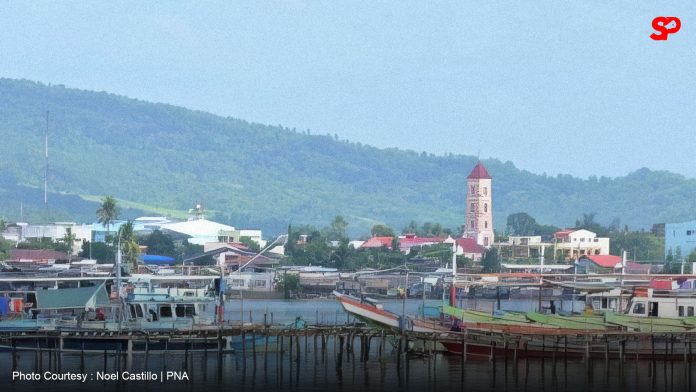By David Vera
The Bureau of Fisheries and Aquatic Resources (BFAR) has imposed a shellfish ban in 11 areas of Eastern Visayas due to the presence of red tide toxins. The advisory was issued on November 20, 2024, after seawater and shellfish samples from affected areas tested positive for the harmful algal bloom.
Red tide contamination has been confirmed in Cancabato Bay in Tacloban City, the coastal waters of Guiuan in Eastern Samar, Calbayog City in Samar, and Matarinao Bay, which spans the municipalities of General MacArthur, Quinapondan, Hernani, and Salcedo in Eastern Samar.
Additional affected areas include Biliran Island in Biliran province, coastal waters in Leyte town, Carigara Bay encompassing Babatngon, San Miguel, Barugo, Carigara, and Capoocan towns in Leyte, Cambatutay Bay in Tarangnan, Daram Island, Zumarraga Island, and Irongirong Bay in Catbalogan City, Samar.
BFAR has advised the public against harvesting, selling, or consuming shellfish and small shrimp from these areas. Fish, squid, shrimp, and crabs, however, are deemed safe if they are fresh, properly cleaned, and cooked after removing internal organs.
The red tide outbreak is attributed to a combination of unusual weather patterns, including dry spells followed by heavy rainfall, causing sediment upwelling in shallow bays. These sediments contain microorganism cysts that fuel algal blooms when mixed with organic materials. Changing current patterns have exacerbated the spread of red tide in affected waters.
Red tide, a natural phenomenon caused by the rapid growth of algae, can turn the water red and produce toxins harmful to humans and marine life. Eastern Visayas, known for its reliance on shellfish, often grapples with red tide incidents that affect local livelihoods and food safety.
Authorities continue to monitor the situation and will lift the ban once toxin levels return to safe thresholds.

